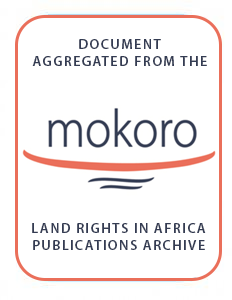Agrarian Transitions in Two Agroecosystems of Kayah State, Myanmar
... Located on Myanmar’s eastern border with Thailand, Kayah State has long been isolated because of conflicts between the minority groups there and the Burmese army; as a result, little is known about its agricultural systems. As a preliminary to NGO agricultural development projects, an agrarian diagnosis of two major types of agroecosystems in the state—lowlands alluvial plains and uplands—was conducted. The objective was to identify recent agrarian changes leading to the current presence of different types of farmers in each area and understand their development potential.


